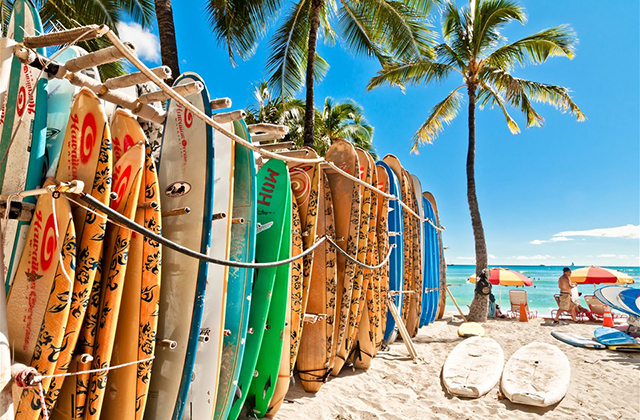You have written and executed a social media marketing campaign for your business and everything is going well, except for one thing. You don’t have a logo design. Your logo is your branding and it is absolutely critical.
When you have a presence on the internet, if you have a logo, people will forever associate you and your business with that logo every time that they see it. If you are really making the most out of social media and marketing your business online appropriately, your logo is a very important part of your branding.
The logomaker.com gives brand recognition to people who know you and who are in the habit of doing business with you and it also gives brand recognition to your target audience. When the members of your target audience see your logo online, they will be compelled to learn more about what you do professionally and what you offer.
The logo plays a very important part in your social media marketing campaign in several ways.
- How does your logo promote your business? Your logo design speaks for itself when it comes to promoting your business. You don’t need to say a word. A good and effective logo will say so much about what you stand for and what you are offering.
- How does your logo protect you? When you post content, it is not enough just to get the word out there. In fact, if you post content and don’t have any real sense of identity with regard to your branding in the form of a logo, you will end up like all of the other business owners on the internet who syndicate a high volume of content in the hopes of generating a lot of traffic to your website. That approach will produce some results; however, your logo will really communicate who you are and what your business is all about. There are many times when the logo will attract people so much that they are fascinated enough to want to know more.
- Does your logo say that you are a professional? If you have an interesting, attractive and good-quality logo design, it will be prominent on whatever you are sharing with your online connections. The logo may be enough to get people to want to build a relationship with you. If they like your logo, they may like your creativity, the way in which you communicate, and what you are selling.
Your logo clarifies who and what you are. As you start to share more and more content, you will prominently place your logo on your content with a link back to your website. People will start to visit your website often, will begin to reap the benefits of the content that you are sharing and syndicating, and start to believe in your credibility. The more people trust your credibility and expertise, the more they will want to be involved with you and your business. - What goes into an effective logo? There are many things that go into the thinking before you come up with the final logo for your marketing campaign. They are:
- Research: You must do extensive research before your logo is created. The logo must be absolutely synonymous with your brand. What you want is for your logo and your brand to be one and the same.
- An effective name: You want your name to be unique and memorable. It should also be easy to remember. You want it to fall off of everyone’s tongue.
- Aesthetics: You want your logo to be pleasing to the eye. At the same time, it should be simple and easy to identify with. Your logo, your website’s look and feel, and your any other look that you choose must be a perfect match to what you are selling.
- Focus group: If you aren’t sure about whether your logo will be effective and really powerful, a good way to gather information is through a focus group. If you form a group and invite people whose opinions and judgment you value, their feedback will be very important to you. You should use your logo online at every possible opportunity. The more people see your logo, the more they will want to know about you and your business.
Conclusion
Your logo is extremely important when it comes to the overall success of your social media marketing campaign. It identifies you to other people and it identifies what you are selling and causes people to want to become loyal customers. There are many elements that make up a successful social media marketing campaign and even though the logo is a small part of it (physically), it is a huge part of it when it comes to the kind of impact that it will make for you and your business.
We are pleased to provide you with the insightful comments contained herein. Please contact us at CompuKol Communications for further discussion on how we might be able to assist you and your team.
Carolyn T. Cohn is the Chief Editor of CompuKol Communications. Mrs. Cohn has a wealth of experience in managing people and projects. She has run several editorial departments for various companies. Mrs. Cohn has 25 years of editorial experience and her expertise covers a wide range of media, such as online editing, editing books, journal articles, abstracts, and promotional and educational materials. Throughout her career, Mrs. Cohn has established and maintained strong relationships with professionals from a wide range of companies. The principle that governs her work is that all words need to be edited.
Mrs. Cohn earned a Bachelor of Arts degree in English from the State University of New York (SUNY) at Buffalo.
Mrs. Cohn is a member of the American Medical Writers Association (AMWA).
Article Source: http://EzineArticles.com/expert/Carolyn_Cohn/610077
Article Source: http://EzineArticles.com/4892481

